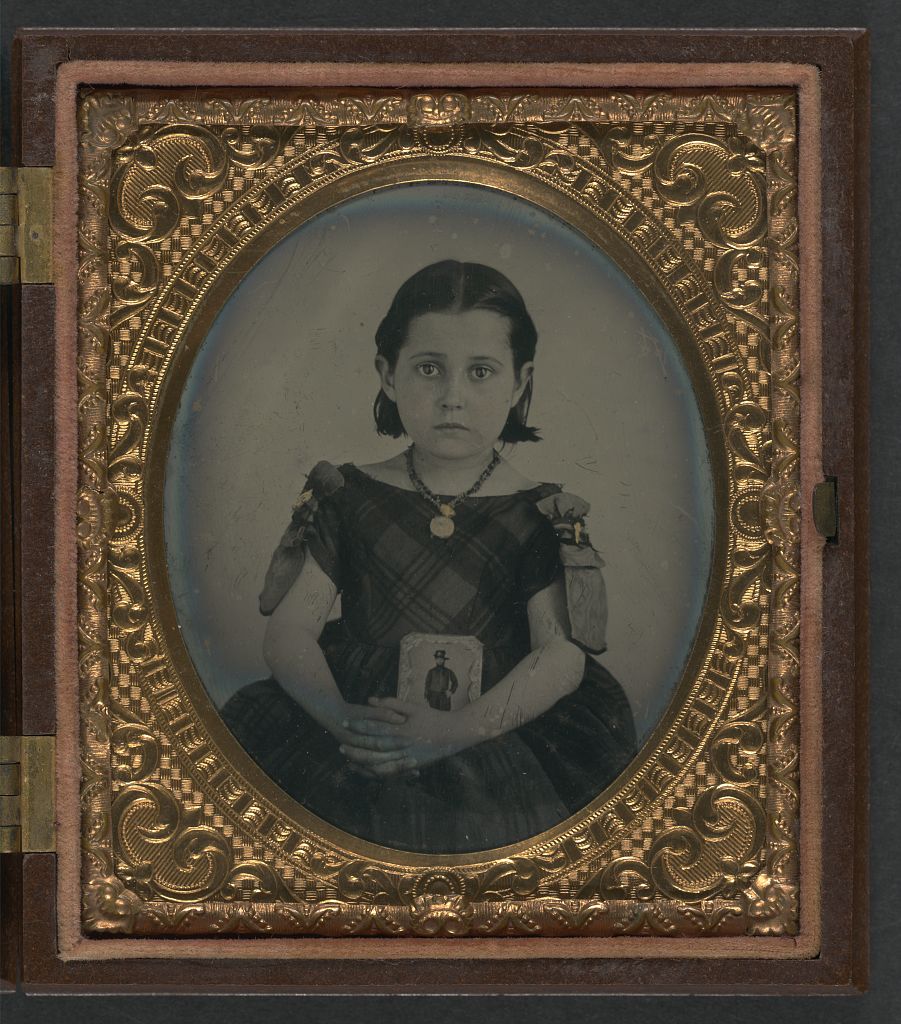A Portrait from a Suffering Republic
This week ASHP/CML staff discussed Drew Gilpin Faust’s This Republic of Suffering: Death and the American Civil War as part of our semi-regular staff reading series. Generally, reviews were mixed in our crowd, many of us feeling that too often Faust, in equalizing the mourning on both sides of the conflict, seemed decidedly apolitical about the causes for which they fought. (For those who have read the book, Eric Foner’s review is required reading.) While there were some parts of the books that really worked, such as the description of setting up national cemeteries in the war’s wake, there were other parts that did not, like Faust’s reliance on usual suspects Walt Whitman and Ambrose Bierce to talk about how the effect of the war’s destruction could be see in literature.
We all were frustrated that the book’s many images were used merely as illustrations, without context or comment on any. The simplistic and unexamined use of images among historians is exactly the problem that ASHP’s PUSH project hopes to rectify. In This Republic of Suffering, at the very least it seemed like a missed opportunity, and, given what we know about the importance of photography in the Civil War, at times it seemed a like a major oversight. I was reminded of this thread of conversation while looking through the images in the Library of Congress’s Liljenquist Family Collection of Civil War Portraits, recently announced in the Internet Scout Report. There I came across the portrait below, entitled [Unidentified girl in mourning dress holding framed photograph of her father as a cavalryman with sword and Hardee hat].
What a rich source to accompany Faust’s chapter “Realizing,” which looks at middle-class mourning customs and the “work” performed by civilians to come to terms with individual losses and the scope of death and misery caused by the war. For me the photograph is interesting because it is so similar to soldiers’ portraits, like the one she holds of the man who is presumably her father. The effect of the portrait’s similarity is heightened when one comes across it in a series of Civil War soldiers’ portraits, as I did on the Library of Congress’s website. One wonders who commissioned the photograph, who took it, who looked at it, and what each person thought of as they gazed upon the scene of grief and mourning. Was it part of a larger fad for taking pictures of wives and children in mourning, holding their loved ones’ portraits? Was this an image that one displayed on a mantle or held close to one’s heart? At what point did it become separated from the family whose grief it memorializes?
Good thing we are tackling Civil War photography as one of our subjects in the upcoming series Still Hazy After All These Years! For those of you in the New York area, mark your calendars now for February 3, April 5, and November 3. At the final date, we’ll be talking about photography with Anthony Lee, Mary Niall Mitchell, Martha A. Sandweiss and Deborah Willis.
Last 5 posts by Leah Nahmias
- Teaching "What This Cruel War Was Over" - March 28th, 2011
- State of Siege and Public Memory at Ole Miss - March 25th, 2011



